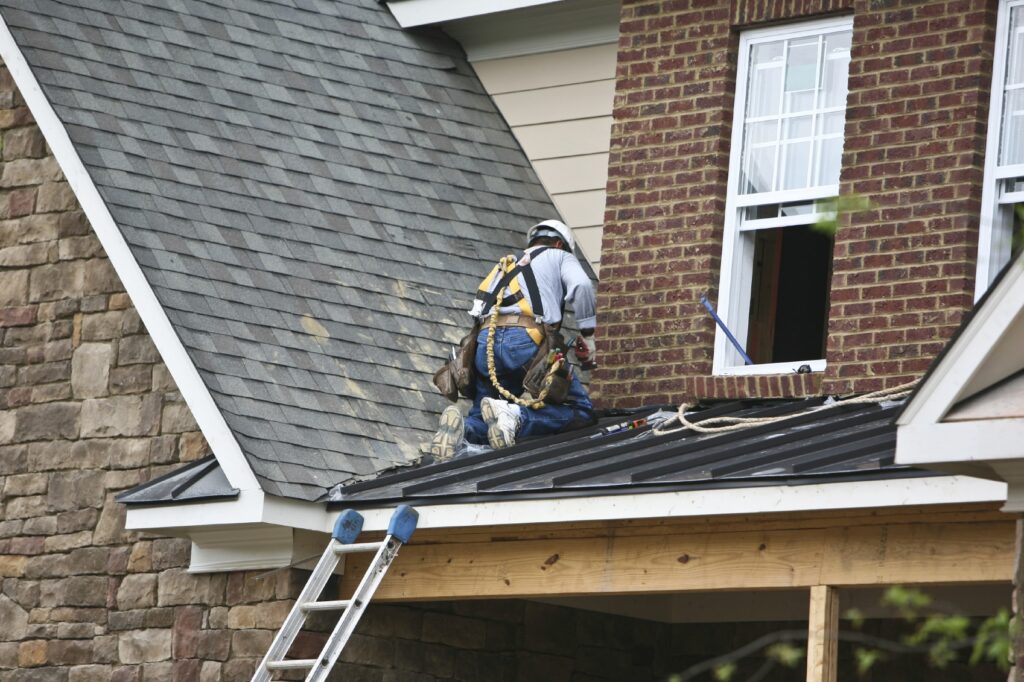Complete Hurricane Preparation Checklist to Safeguard the Home and Loved Ones
Hurricane season brings a heightened sense of urgency for preparedness, as the power of nature can quickly turn a community upside down. The first step in hurricane preparation is to secure a reliable communication plan. Ensure every family member knows how to reach each other, and establish an out-of-town contact in case local lines go down. Having a battery-powered or hand-crank radio on hand is essential, as it will allow you to receive weather updates when the power is out. Additionally, make sure that your home is equipped with an emergency kit containing essentials such as non-perishable food, water, flashlights, batteries, medications, hygiene products, and first aid supplies. Items for specific needs, like pet food or baby supplies, should also be included. It is important to check the expiration dates on your supplies and replace items that have passed their shelf life. Next, assess the structural integrity of your home.

Windows and doors are the most vulnerable parts of a house during a hurricane, so investing in storm shutters or plywood to board up windows can prevent breakage from flying debris. Secure loose outdoor items such as patio furniture, grills, and lawn equipment that could become projectiles in high winds. If you live in a flood-prone area, ensure your home has proper drainage systems in place, and consider installing sump pumps or sandbags around the perimeter to mitigate flood damage. If your home is at significant risk, evaluate the possibility of relocating to a safer area. Another crucial aspect of hurricane preparation is understanding evacuation routes and having a plan for where to go if it becomes necessary to leave your home. If you are planning to stay, make sure you have sufficient fuel in your car and that all vital documents, such as identification, insurance policies, medical records, and financial documents, are safely stored in a waterproof container for easy access in case you need to evacuate quickly.
Staying informed about the storm’s progression is vital for knowing when to act. Sign up for local alerts and weather notifications, and regularly check updates from the National Weather Service or your local government. Pay attention to warnings related to storm surges, which can be as dangerous as the winds. As the storm approaches, make sure your family has a safe room identified preferably a basement or an interior room without windows, such as a closet or bathroom. Stock it with your emergency supplies to last at least 72 hours. Keeping your phone charged is critical, but if power outages are expected, considers investing in a portable power bank. Once the hurricane has passed, have a peek at these guys bdcmagazine.com exercise caution when venturing outside. Wait for official all-clear signals before returning to evacuated areas. Always inspect your home for damage, particularly for signs of structural instability or flooding, and avoid downed power lines.